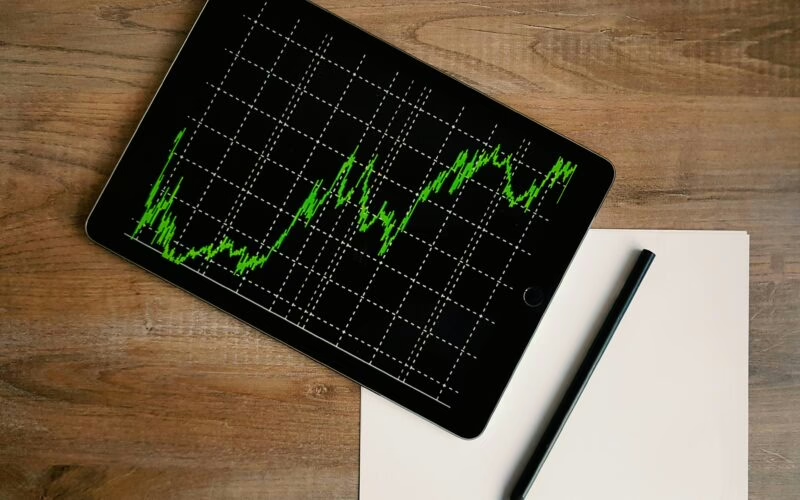Pay Yourself First – A different way to look at budgeting
For most people, budgeting can be one of the most arduous tasks on the “to do” list. We generally try to go through our monthly expenses with a fine-tooth comb to make sure that we don’t spend too much on life, so that we can save what we have left at the end of the month for our financial goals. Another way to consider budgeting, is to treat your financial goals/savings like a non-discretionary expense (like a mortgage or a car payment). Those non-discretionary expenses are deducted from your income before you ever have a chance to spend the money. Treat your savings/investments the same. For example, if you know that you want to save $12,000 for a major purchase in 2 years, then you can allocate $500/month to this goal. But rather than work through a budget to make sure that you have $500 left at the end of the month to save, you can treat the $500/month savings as a non-discretionary expense. Treat the savings for your goals the same way you would treat a mortgage payment. When a paycheque shows up in your bank account, allocate the amount that you need for your financial goals to a savings/investment account. This way, once you have allocated all of the money that you need to save to your goals (and pay your expenses), you can spend the rest of the money in your bank account without worrying about whether or not there will be anything left to save at the end of the month.
Written by:
Jon Glougie, CFP®, CIM®
Associate Portfolio Manager
Luft Financial, iA Private Wealth





